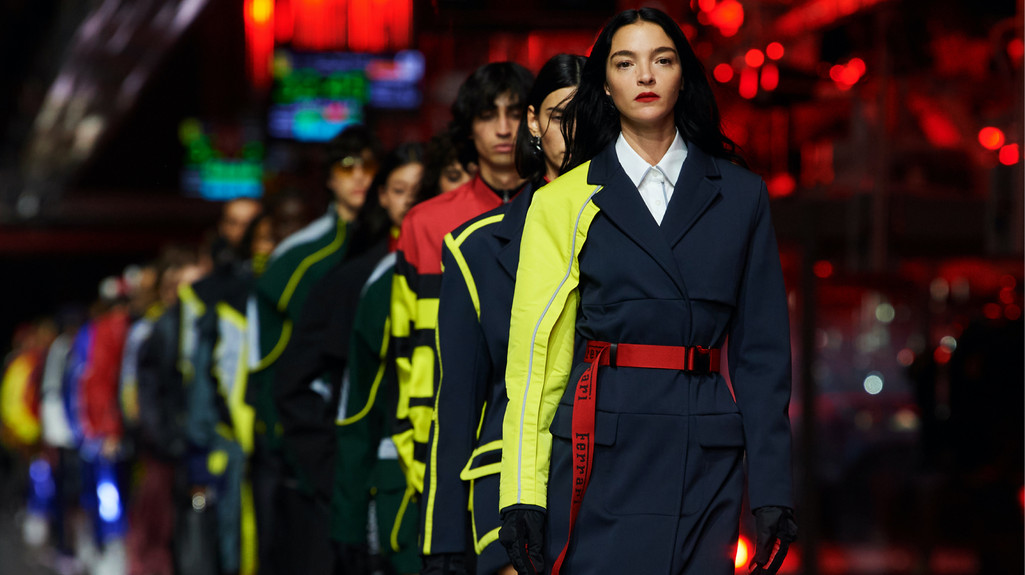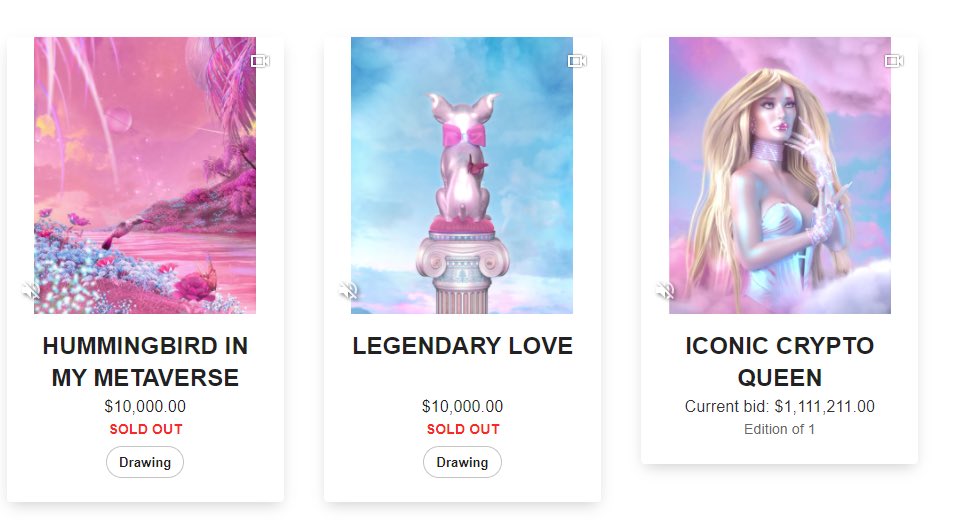Ferrari, the future of aspiration
In the blended reality future, creativity will be the ultimate aspiration.

General Idea recently had the privilege to partner with Ferrari on the launch of Ferrari Style, a watershed moment for one of the most valuable brands in the world. Moving into luxury fashion is a critical step for a brand that represents so much emotionally outside of its traditional automotive space. Ferrari Style offers a way to participate in Ferrari’s vision of a life of passion and achievement to a generation that is more interested in avatars than automotives.
In June, Ferrari took its ambitions further by making some of its collection purchasable as skins in Fortnite. Other luxury brands have been making similar moves for a while. Balenciaga held its FW21 show in the online video game AfterWorld: The Age of Tomorrow and a digital Gucci Dionysus handbag recently sold in Roblox for over $4000 – $8000 more than the physical bag’s retail value.
These ventures highlight an opportunity many businesses are grappling with – as our real and digital selves become more blurred and intertwined how can aspirational brands establish their place?
Tastes change and values evolve, but aspirational branding is founded on some immutable principles that reflect the fundamentals of the human psyche; people want to tell stories about themselves to others and the most aspirational brands are the ones that help us tell the most compelling stories. They do this by signalling things that are in scarce supply in society and therefore highly valued – I am wealthy, I have specialised knowledge, I am ethical, I am interesting.
(The idea of aspirational branding being founded on the principle of scarcity is a topic we explore more in our upcoming white paper The Scarcity Economy).
Some notions of scarcity are rooted in the constraints of the limited physical materials available and the extreme skills required to assemble them into luxury goods – there are only so many Hermès bags, Audemars Piguet watches or Ferraris made every year.
The major challenge for the world’s most aspirational brands is that this idea of scarcity is in many ways meaningless in the digital world – a file can be shared by 10 or 10,000 people with no impact on each individual’s experience.

NFTs have become an experiment in artificially replicating the notion of scarcity in digital goods. This seems most appealing in virtual worlds such as Decentraland which hold the promise of being able to move your virtual assets from one experience to another.
But the artificial scarcity created by NFTs is in some ways the least interesting manifestation of the potential of aspirational branding in the digital world.
The question of the role of aspirational brands in a digital reality is a question about the idea of scarcity itself; what will be in scarce supply and highly valued in the digital realms that are currently emerging?
The answer lies in Ralph Lauren’s famous maxim ‘I don’t sell clothing, I sell dreams’. The most desirable brands have always been the most compelling storytellers. What do those dreams become when untethered from the constraints of the physical world, in a virtual or blended reality universe?
The true potential for aspirational brands is in the limitless nature of the metaverse and the experiences it allows us to create.
For brands with the most emotionally powerful stories, the scope with which they can bring to life their vision is no longer limited by the constraints of producing products or even operating in environments in the real world.

Clothes for our digital selves can change, evolve, be animated. But that is just a fraction of the potential available to the most creative minds. Brands can create entire immersive universes for their consumers to experience.
In the blended reality future, the resource that will be most valued is creativity.
If aspirational brands are a dream, the metaverse offers the potential to fully explore that dream constrained only by our imaginative potential.